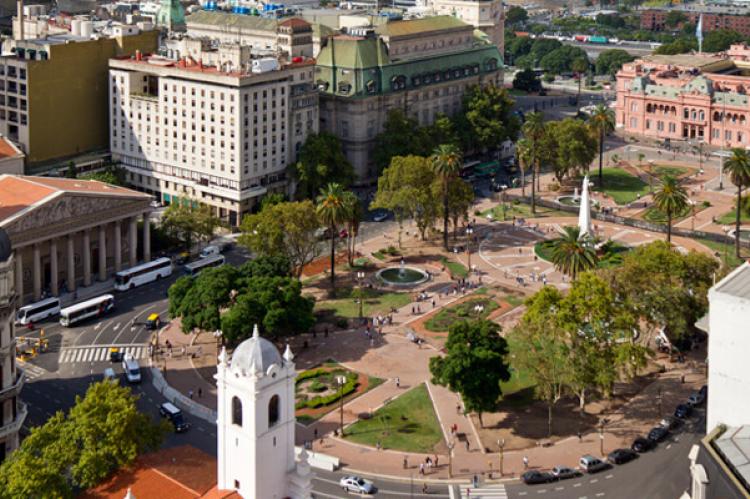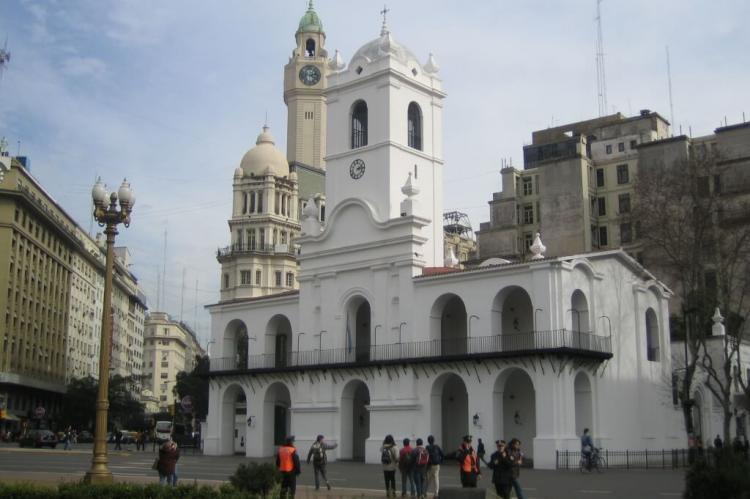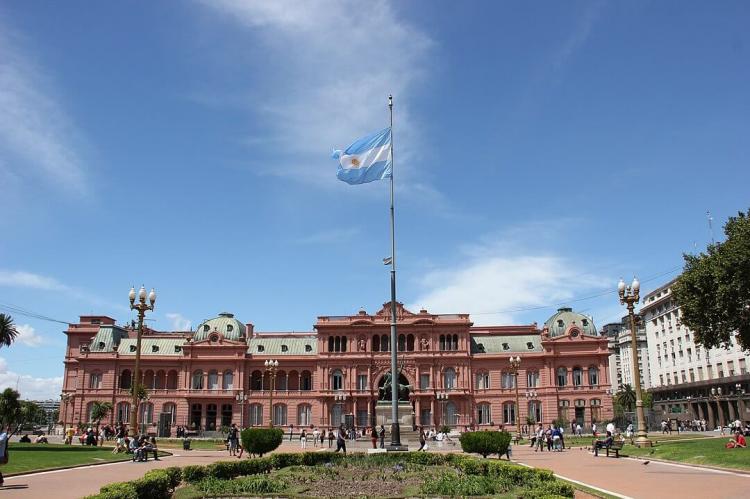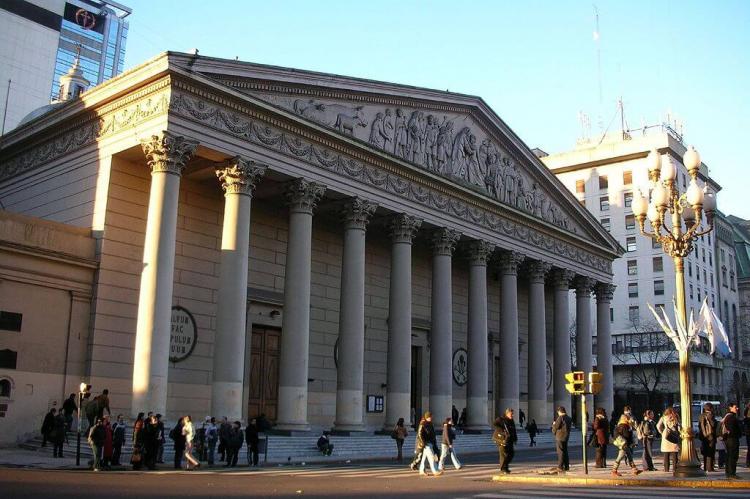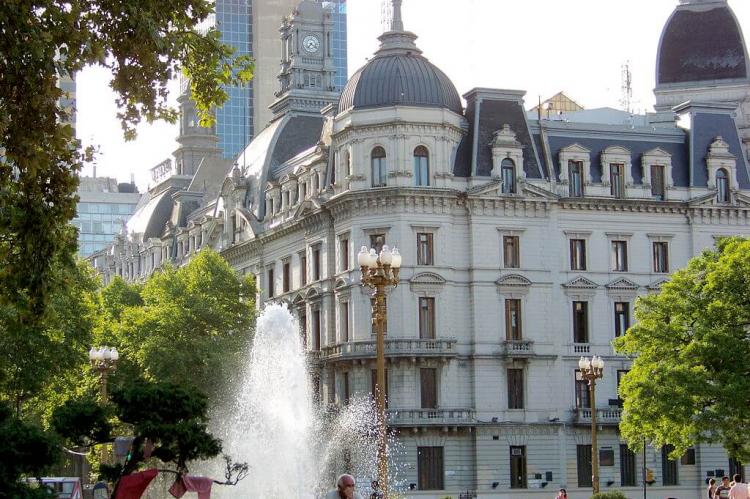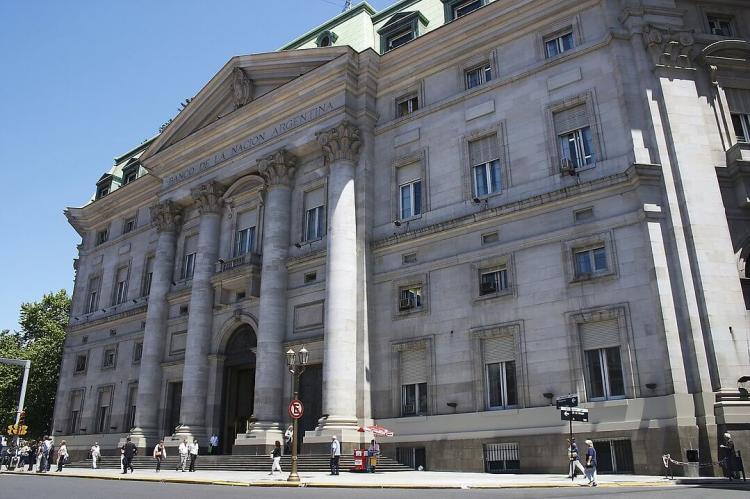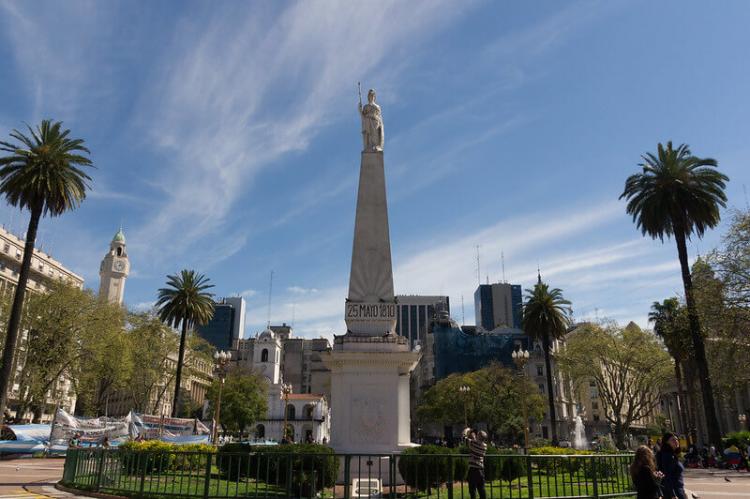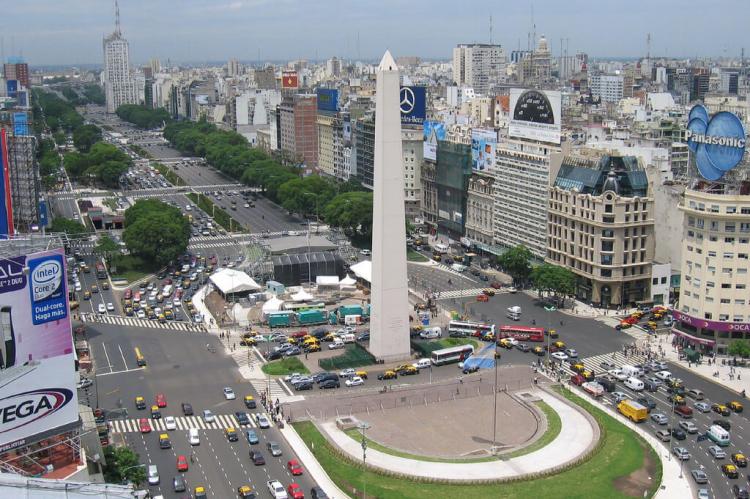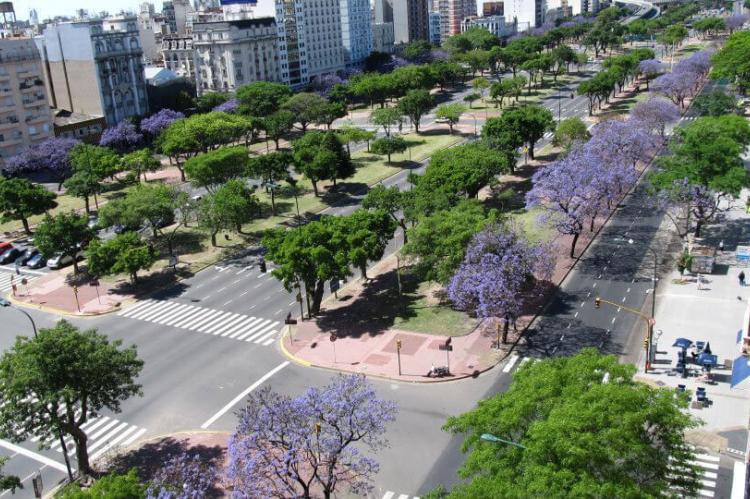The Heart of Buenos Aires: Exploring Plaza de Mayo
Plaza de Mayo is more than just a city square in Buenos Aires, Argentina; it symbolizes the nation's rich history, cultural heritage, and political evolution. The plaza has witnessed momentous events and has been a focal point during celebrations, protests, and commemorations.
Plaza de Mayo: A Symbol of Revolution, Resistance, and Renewal in Buenos Aires
Plaza de Mayo is not merely a public square but the symbolic heart of Buenos Aires and the epicenter of Argentina's political and cultural history. For over two centuries, the plaza has served as a stage for some of the country's most significant events, from the struggle for independence to modern-day protests and celebrations. Its surrounding landmarks, historical significance, and cultural impact make it one of Argentina's most iconic and enduring spaces.
Historical Significance
Formation and Early History
Plaza de Mayo was officially created in 1884 when the Recova building, a colonial structure that separated two adjacent squares—Plaza Mayor and Plaza de Armas (later renamed Plaza de la Victoria and Plaza 25 de Mayo)—was demolished. This action unified the two spaces, transforming them into the grand public square we know today. From its inception, the plaza has held a prominent place in Buenos Aires' urban and symbolic geography, marking the center of political life and becoming a venue for public gatherings that have shaped the nation's history.
The May Revolution and Pirámide de Mayo
At the plaza's center stands the Pirámide de Mayo, a monument inaugurated in 1811 to commemorate the first anniversary of the May Revolution of 1810. This revolution was a crucial turning point in Argentine history, as it initiated the process that eventually led to independence from Spain. The Pirámide de Mayo, as the city's first national monument, symbolizes Argentina's fight for self-determination and its ongoing quest for political freedom. Over time, the square has become synonymous with this pivotal moment, serving as a reminder of the country's revolutionary spirit.
Architectural Landmarks
Plaza de Mayo is flanked by some of Argentina's most architecturally significant and historically important buildings, each contributing to the square's rich cultural tapestry.
Casa Rosada
The Casa Rosada, or Pink House, is the official office of the President of Argentina and perhaps the most iconic building in the plaza. Its distinctive pink facade has become a national symbol. Historically, the building has been a focal point for political discourse, with Argentine leaders often addressing the public from its balconies. The Casa Rosada has witnessed countless speeches, declarations, and demonstrations, making it a political and cultural symbol for the country. Its pink color, thought to symbolize a blend of opposing political parties' colors (red and white), also reflects the city's unique approach to politics and national identity.
Cabildo and Metropolitan Cathedral
The Cabildo and the Metropolitan Cathedral are two other significant structures in the plaza. The Cabildo, which served as Buenos Aires' colonial town hall, played a pivotal role during the May Revolution when it was the city's municipal government seat. Today, it is a museum and a reminder of the city's colonial past.
The Metropolitan Cathedral, the main Catholic church of Buenos Aires, is a majestic building whose neoclassical facade contrasts sharply with its more traditional colonial-era interior. The cathedral has long been a center of religious life in the city. It is also the burial place of General José de San Martín, one of Argentina's greatest heroes, further cementing its national importance.
Buenos Aires City Hall and Central Bank
The Buenos Aires City Hall (Palacio Municipal) and the Central Bank of the Republic of Argentina are located within the plaza. Both buildings highlight the area's role as the city's administrative and financial hub. The Central Bank, which once housed the first Teatro Colón, adds to the area's historical and economic significance. Together, these buildings represent the diverse functions of Plaza de Mayo, bridging politics, finance, and cultural history.
The Financial District and Major Thoroughfares
Microcentro and Surrounding Streets
Plaza de Mayo lies within the financial district of Buenos Aires, known as Microcentro, in the historic Monserrat neighborhood. Prominent streets border the square—Calle Bolívar, Calle Hipólito Yrigoyen, Calle Balcarce, and Avenida Rivadavia—that connect it to key parts of the city. Its location in the urban core of Buenos Aires makes it easily accessible and a key part of the city's daily life. The surrounding streets bustle with activity as businesspeople, tourists, and locals converge on the area for work, shopping, and sightseeing.
Major Avenues
Several of Buenos Aires' most important avenues originate from Plaza de Mayo, reinforcing its status as a central node in the city's layout. Avenida de Mayo connects the plaza to the National Congress, creating a symbolic link between the executive and legislative branches of government. Avenida Presidente Julio Argentino Roca and Avenida Roque Sáenz Peña also radiate from the plaza, serving as major thoroughfares that contribute to the flow of traffic and commerce in the area.
Not far from Plaza de Mayo is Avenida 9 de Julio, famously known as the "widest avenue in the world." It spans 140 meters (459 feet) across and features up to seven lanes in each direction. The Obelisk stands at the intersection of Avenida 9 de Julio and Avenida Corrientes, a monumental structure commemorating key moments in the city's history. These avenues serve as vital arteries for the city, connecting Plaza de Mayo to the broader urban landscape.
Cultural and Political Impact
Protests and Celebrations
Plaza de Mayo has been at the heart of Argentina's political life, often serving as a venue for large-scale public gatherings, including political rallies, demonstrations, and national celebrations. The plaza has played a key role in Argentina's history of civil unrest and moments of national unity. From protests against dictatorial regimes to celebrations of Argentina's World Cup victories, Plaza de Mayo reflects the political and social pulse of the country.
Mothers of the Plaza de Mayo
One of the most significant and enduring social movements associated with the square is the Mothers of the Plaza de Mayo. Beginning in 1977, during the country's military dictatorship, the mothers started protesting in the plaza to demand answers about their "disappeared" children, who were victims of forced disappearances during the regime's reign of terror. Wearing white headscarves embroidered with their children's names, these women marched in silent protest every Thursday, bringing global attention to human rights abuses in Argentina. The movement has become a symbol of resistance, courage, and the demand for justice, transcending Argentina's borders and inspiring other global human rights movements.
Conclusion
Plaza de Mayo is a geographical center and a symbolic heart of Argentina's history, culture, and politics. Its evolution from a colonial square to the site of revolutionary movements, political rallies, and human rights protests reflects the nation's complex and often turbulent journey. The surrounding architectural landmarks, from the Casa Rosada to the Metropolitan Cathedral, contribute to its grandeur. At the same time, its status as a site of political activism, particularly with the enduring legacy of the Mothers of the Plaza de Mayo, solidifies its role as a space of national significance. Plaza de Mayo remains a living symbol of Argentina's past, present, and ongoing struggle for justice, unity, and identity.
